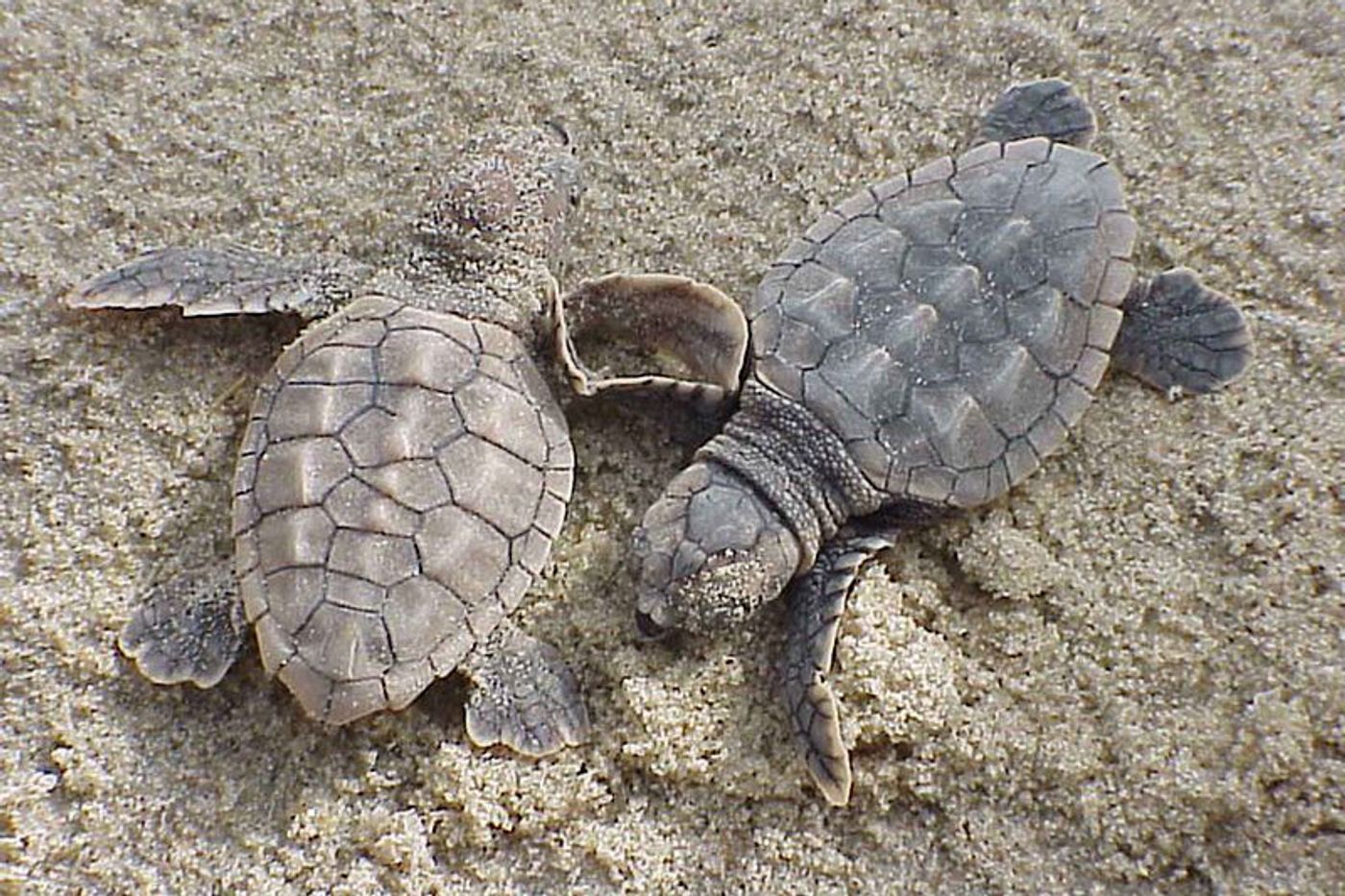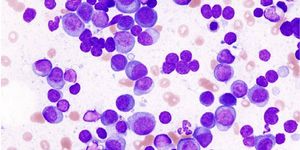Microplastic Pollution Threatens Loggerhead Sea Turtle Nesting Sites
Loggerhead sea turtle populations have a rough time keeping up as it is, but humankind’s excessive use of plastic for just about everything could be making things even tougher on them.
A paper published in the journal Marine Pollution Bulletin this week by researchers from Florida State University underscores how microplastic pollution hinders the species’ population growth by contaminating its delicate nesting environment.
Image Credit: Wikimedia Commons
"With increasing populations, higher demand for resources and more use of plastic, we're having a lot more plastic and microplastic appearing as marine debris," explained study co-author Mariana Fuentes.
"In these coastal areas, we're seeing significantly more pollution."
Related: Biologists surgically remove a conjoined twin from a wild loggerhead sea turtle
The researchers reached their conclusion after surveying ten of Florida’s most prominent loggerhead nesting sites and found evidence for bits of microplastics virtually everywhere they looked.
And to make matters worse, microplastics were most prevalent in the sand dunes that the loggerheads take advantage of for nesting.
Many of the microplastics they found measured no more than just a few millimeters thick, but it’s enough to alter the composition of the sand residing at the nesting sites.
Plastic tends to retain heat, so its presence in the sand impacts the surrounding sand temperature. Given how loggerheads exhibit temperature-dependent sex determination during the incubation period, this excessive heat fluctuation can translate to too many of one gender and make it more challenging for the species to reproduce adequately.
While the situation looks bleak for loggerheads, the researchers seem confident that humankind will be able to reverse the damages before it’s too late. Countless efforts are underway to reduce plastic waste, and this could dramatically slash the amount of plastic pollution found on beaches in the future.
"There is a lot of hope," Fuentes said. "We're beginning to see more and more initiatives providing incentives to discourage the use of plastics. I see my students making those changes every day. It's up to everyone."
Related: Geomagnetic imprinting may help loggerhead sea turtles find their way home
Perhaps there’s a light at the end of the tunnel after all…
Source: Florida State University









